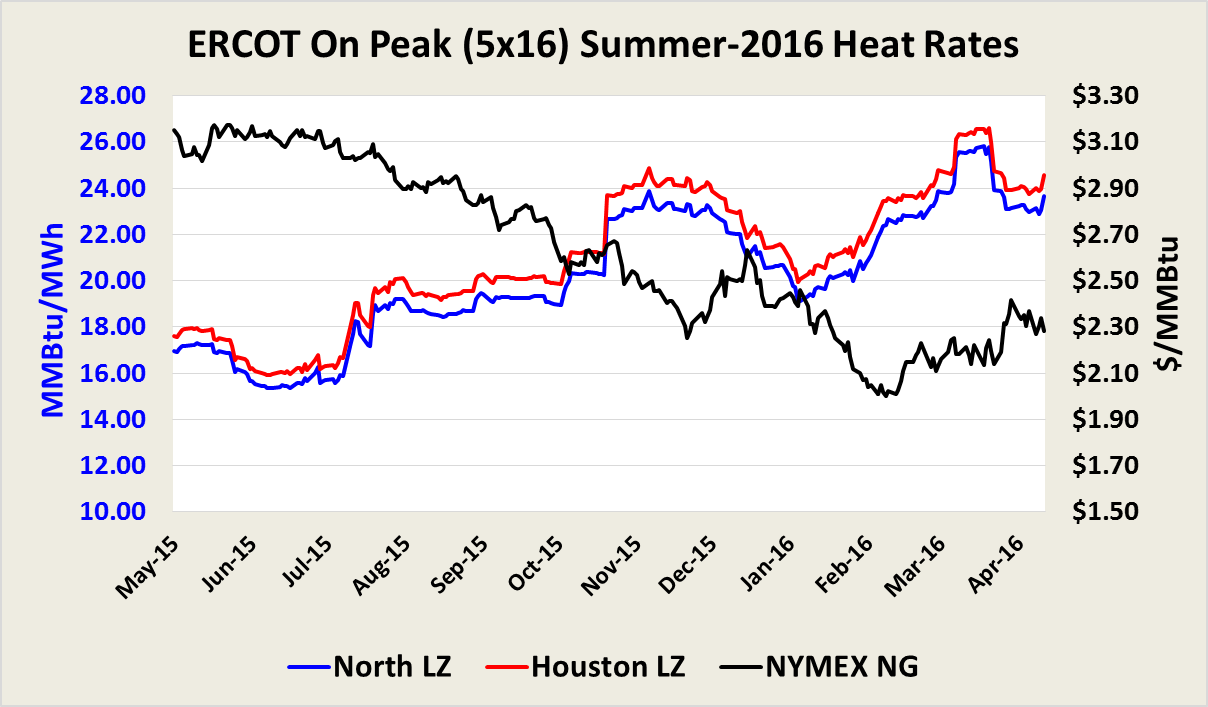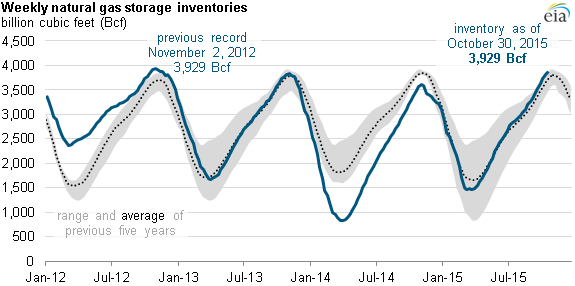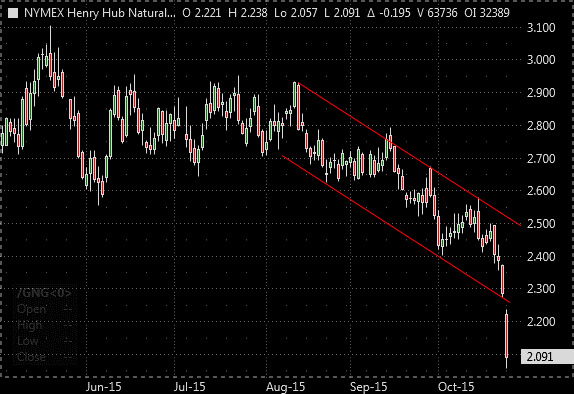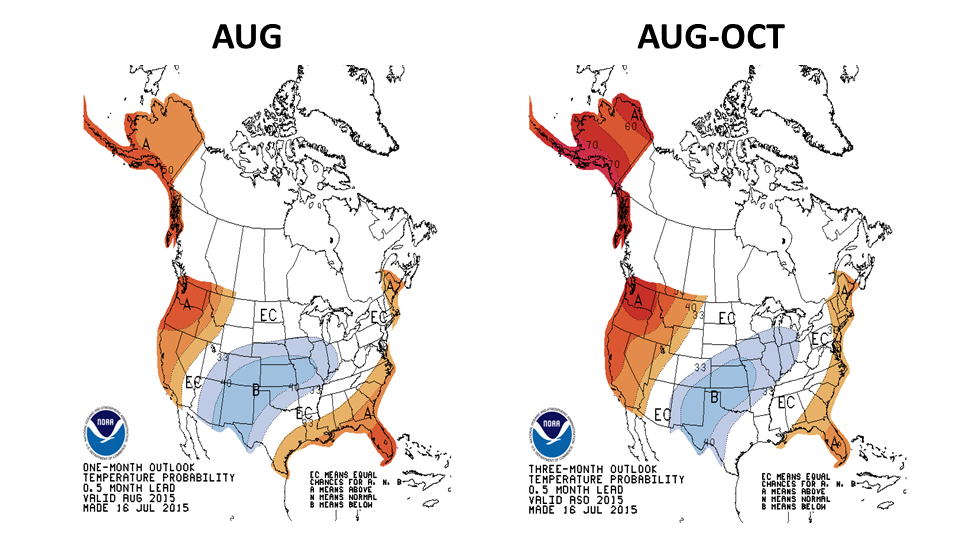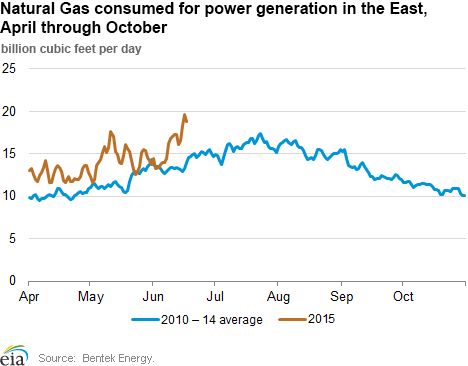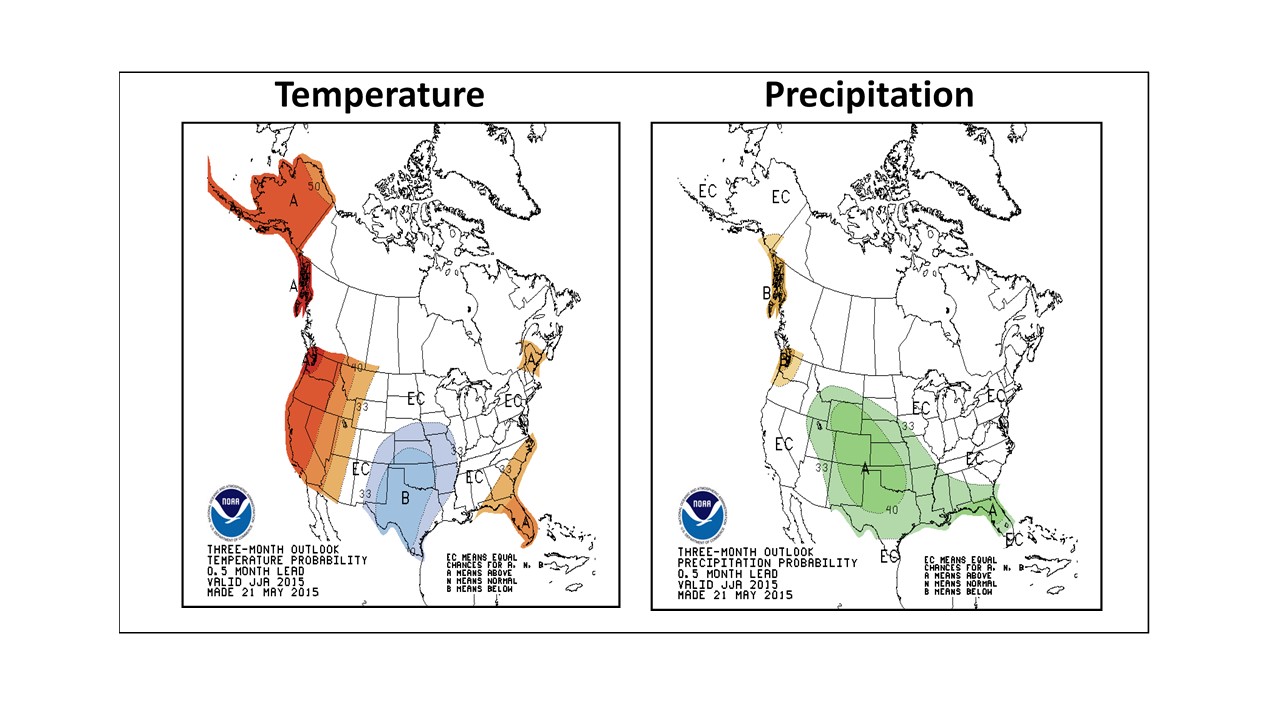On December 1, 2015 ERCOT’s Capacity, Demand and Reserves report projected a summer 2016 Reserve margin of 16.5%, with Total Capacity at 79,280 MW and firm peak load at 68,063 MW. Nevertheless, the final summer SARA, which was released on May 3, 2016 estimates total generation resource capacity at 78,434 MW, and firm peak load at 70,588, so summer reserve margin is now projected to be 11.1%. Capacity is lower in the final SARA report because a couple of natural gas-fired Peaker facilities are now expected to be available later in the summer, 416 MW of additional mothballed capacity, and a decrease of 512 MW in planned capacity compared to the amounts reported in previous reports.
Alberto Rios
Recent Posts
ERCOT Seasonal Assessment For Resource Adequacy (SARA) For Summer Anticipates Sufficient Reserves
Posted by Alberto Rios on May 10, 2016 9:30:11 AM
Topics: ERCOT Heat Rates, ERCOT, EIA, summer
3 Factors That Can Influence Natural Gas And Electricity Prices During The Spring of 2016
Posted by Alberto Rios on Apr 25, 2016 9:11:57 AM
Typically, spring is a season of low electricity and natural gas demand as heating demands from the winter fades away and cooling demand tends to be low until it starts ramping up closer to the summer. This year though, there are several factors that could potentially buck the bearish trend that has been in play since 2014.
Topics: natural gas, NG, forecasting
Weak NG and Power Market Fundamentals - Low Price Environment Will Linger in 2016
Posted by Alberto Rios on Mar 7, 2016 2:39:58 PM
The lack of sustained cold temperatures across the consuming regions has curbed heating demand from residential and commercial consumers. El Niño has had a major influence this winter, so the bouts of below normal temperatures that have swept the eastern half of the country have been short lived. As we approach the spring, natural gas and power fundamentals continue to be bearish because of the following factors:
Topics: forward curve, risk management, energy, Natural Gas Supply, NG Demand, Texas, NG
Natural Gas Could Top 4,000 BCF, Setting A New Storage Record - Do You Have A Risk Management Strategy?
Posted by Alberto Rios on Nov 11, 2015 1:00:00 PM
Typically, the end of October is considered by many in the industry the end of the natural gas injection season; history however, paints a different picture. During the last 13 years (including 2015), there have been net injections through at least the first week of November, and in 7 of the 13 years, there have been net injections in multiple weeks in November. In 2015, we expect to see injections at least through the week ended November 13, 2015.
Topics: risk management, energy storage, NG
NG Prices Nearing A Three and Half Year Low - 3 Factors That Are Driving The Selloff
Posted by Alberto Rios on Oct 27, 2015 10:33:27 AM
Weak fundamentals have contributed to the recent selloff in natural gas futures. The front month contract is currently trading 14.6% lower compared to last week. Expectations of lower heating demand during the fall, high production and healthy inventory levels are setting the stage for lower prices ahead of the winter as the market continues to discount the winter risk premium. The chart below shows that natural gas futures has been trading on a bearish channel since August 2015.
Historical Ercot Real-Time Index Price Analysis - What Has Changed?
Posted by Alberto Rios on Sep 24, 2015 11:58:00 AM
Typically, in most deregulated markets, monthly Real-Time (“RT”) settlement price averages are lower compared to monthly forward electricity prices; however, due to high volatility, index (variable) prices can be very risky for commercial and industrial (“C&I”) consumers. Forward prices are higher because consumers or speculators are willing to pay a premium today for electricity that will be delivered in the future, rather than being exposed to price risk. Depending on the market and risk appetite, electricity consumers should be aware of the risk/reward profile (incremental cost vs. potential savings) of an electricity index product. In some markets, like ERCOT, being exposed to RT index prices could be a very risky proposition since the RT prices are now capped at $9,000/MWh (or $9.00/kWh). The risk of prices reaching such price cap could blow the annual budgeted electricity spend of any C&I consumer. The charts below shows calendar year RT price averages for the Houston Load Zone (“LZ”) since 2010.
PJM Capacity Prices Jump in PJM - Hefty Reliability Cost
Posted by Alberto Rios on Sep 2, 2015 10:37:00 AM
Background
On Friday August 21, 2015, PJM released its annual capacity auction results for 2018/2019. The results were delayed 3 months to allow the Federal Energy Regulatory Commission (FERC) to review and approve the new Capacity Performance rules.
5 Drivers That Will Have An Effect On Energy Commodity Prices During the Second Half of the Summer
Posted by Alberto Rios on Aug 10, 2015 9:29:00 AM
CAN INCREASING DEMAND FROM THE POWER SECTOR BALANCE AN OVERSUPPLIED NATURAL GAS MARKET?
Posted by Alberto Rios on Jul 31, 2015 1:18:20 PM
Natural gas use for power generation (“Power Burn”) has trended higher in 2015 compared to the 5-year average (2010-2014).
SUMMER WEATHER OUTLOOK AND NOAA 2015 ATLANTIC HURRICANE SEASON OUTLOOK – PRICE RISK MANAGEMENT AHEAD OF THE SUMMER
Posted by Alberto Rios on Jun 12, 2015 11:45:57 AM
Weather continues to be a major natural gas and electricity price driver, and recently has limited the downward move ahead of the summer. The latest near-term weather forecasts are calling for above normal in the West and the Eastern third of the country, boosting expectations of cooling demand. The Energy Information Administration projected that during the 2015 summer, average consumption of natural gas for power generation will likely reach 26.7 billion cubic feet per day (Bcf/d). The record for summer natural gas-fired power generation was set in 2012, when consumption averaged 27.9 Bcf/d. How close we get to such record will be a function of the low natural gas price environment and how much summer temperatures raise demand for gas-fired generation to provide air conditioning.


